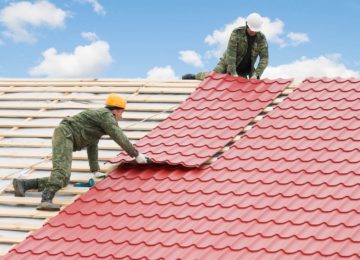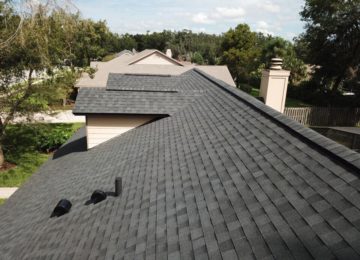When it comes to roof replacement in coastal areas, there’s more at stake than just curb appeal. Coastal environments pose unique challenges, ranging from salty air and high humidity to intense winds and hurricane threats. If you live near the ocean, understanding these special considerations can help you make smarter roofing choices that protect your property for the long term.
Salt Air and Corrosion Resistance
One of the biggest threats to roofs in coastal areas is salt in the air. Salt accelerates the corrosion of metal fasteners, flashing, and even some types of shingles. That’s why materials like stainless steel, aluminum, and high-grade galvanized steel are ideal in coastal applications. If you’re opting for metal roofing, be sure it’s rated for marine environments and comes with a strong corrosion-resistant finish.
High Winds and Storm Impact
Coastal roofs must also withstand tropical storms, hurricanes, and gale-force winds. When planning a roof replacement, choose roofing systems rated for high wind resistance. Look for products with Miami-Dade or Florida Building Code approvals, which are among the strictest in the country. Also, secure installation practices—like additional fasteners or roof tie-downs—are crucial to prevent uplift during storms.
Moisture and Mold Prevention
Humidity levels are often much higher in coastal zones, which increases the risk of mold, mildew, and rot. Roof materials should not only resist moisture absorption but also allow for proper ventilation. Consider installing underlayment with superior waterproofing and a ventilation system that helps manage attic moisture levels.
UV Radiation and Reflectivity
Sunlight intensity is typically higher in coastal regions. UV rays can degrade roofing materials over time, causing premature fading, cracking, or brittleness. Reflective roofing materials such as white TPO, cool roof asphalt shingles, or metal with reflective coatings can deflect UV rays and help maintain your roof’s integrity longer. These materials also contribute to energy efficiency by reducing heat absorption.
Local Building Codes and HOA Regulations
Before you replace your coastal roof, check local building codes and Homeowners Association (HOA) rules. Coastal zones often have stricter requirements for wind resistance and material approvals. Working with a licensed roofing contractor familiar with your area ensures compliance with all necessary regulations.
Choose an Experienced Coastal Roofing Contractor
Not every contractor understands the complexities of coastal roofing. Choose a roofing company with proven experience in your region. They’ll know which materials perform best under coastal conditions and how to install them properly for optimal durability and performance.
Conclusion
Replacing a roof in a coastal area requires more than just standard roofing knowledge. From salt resistance and storm protection to code compliance and UV defense, every decision matters. Don’t risk your investment—work with a roofing expert who understands the unique challenges of coastal living.
If you’re planning a roof replacement in a coastal area, trust the experts who understand the environment. Contact Freedom Roofing Group today for a free coastal roofing consultation and get the protection your property deserves.
This post was written by the team at Freedom Roofing Group. With over 30 years of combined experience, Freedom Roofing Group is a trusted roofing company serving homeowners and businesses throughout Missouri. Specializing in roof repairs, replacements, and storm damage restoration, our in-house, factory-certified experts deliver high-quality workmanship and personalized service on every project. We’re committed to excellence and dedicated to giving back to the communities we serve.











